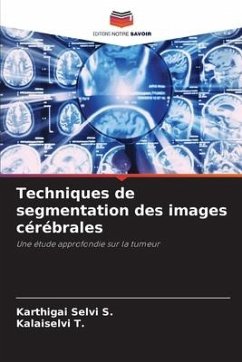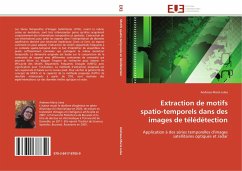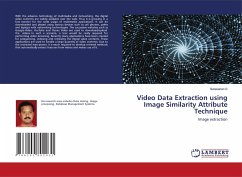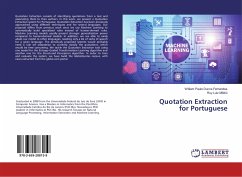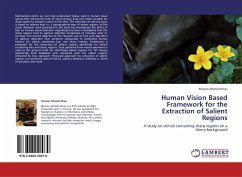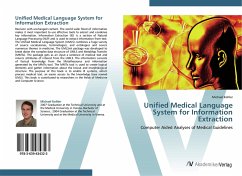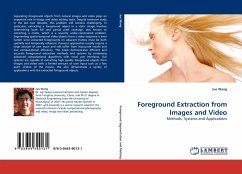
Foreground Extraction from Images and Video
Methods, Systems and Applications
Versandkostenfrei!
Versandfertig in 6-10 Tagen
39,99 €
inkl. MwSt.

PAYBACK Punkte
20 °P sammeln!
Separating foreground objects from natural images and video plays an important role in image and video editing tasks. Despite extensive study in the last two decades, this problem still remains challenging. In particular, extracting a foreground object in a static image involves determining both full and partial pixel coverage, also known as extracting a matte, which is a severely under-constrained problem. Segmenting spatio-temporal video objects from a video sequence is even harder since extracted foregrounds on adjacent frames must be both spatially and temporally coherent. Previous approac...
Separating foreground objects from natural images and video plays an important role in image and video editing tasks. Despite extensive study in the last two decades, this problem still remains challenging. In particular, extracting a foreground object in a static image involves determining both full and partial pixel coverage, also known as extracting a matte, which is a severely under-constrained problem. Segmenting spatio-temporal video objects from a video sequence is even harder since extracted foregrounds on adjacent frames must be both spatially and temporally coherent. Previous approaches usually require a large amount of user input and still suffer from inaccurate results and low computational efficiency. This book demonstrates efficient and accurate foreground extraction methods and systems by combining advanced computational algorithms with novel user interfaces. Our systems are capable of extracting high quality foreground objects from images and video with a limited amount of user input such as a few paint strokes of the mouse. We also demonstrate a variety of applications with the extracted foreground objects.




